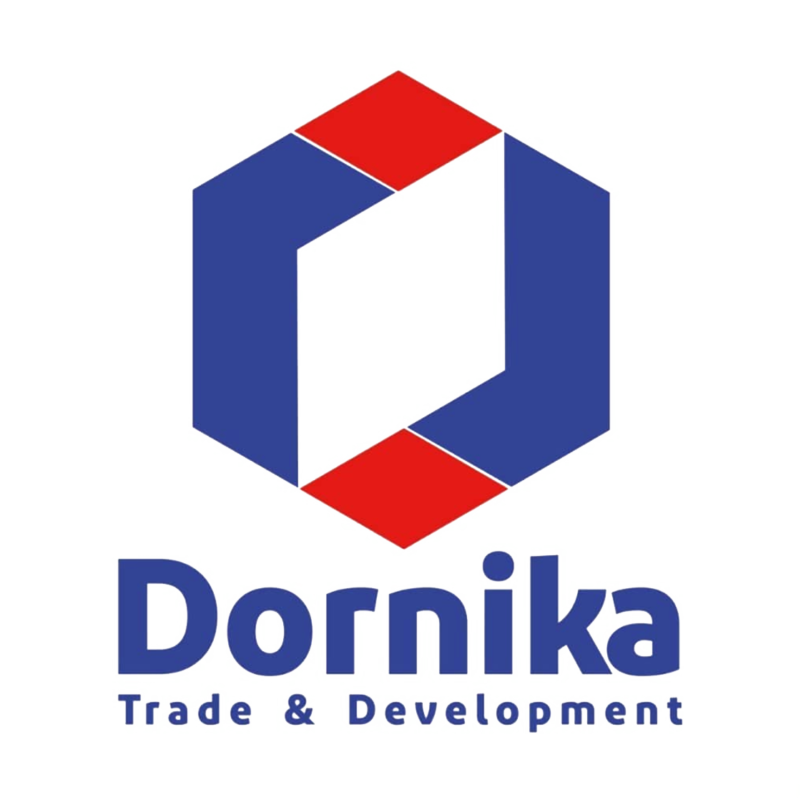Traditionally, the supply chain of Iranian pistachio includes producers, processing industries, packaging industries, transportation industries, wholesalers, retailers, and intermediaries (Figure 1). Meanwhile, some intermediaries, while not having an effective function in creating added value, have the role of facilitator or service provider. The activity of these middlemen in the supply chain increases the intermediation frequencies, entangles the complexity of relationships between supply chain partners, and increases operating costs. This not only reduces the business profits of all supply chain partners but also makes it impossible to track products in the supply chain network, which can have irreparable quality consequences on the delivered product to the consumer that can seriously endanger the entire business. Figure 2 shows a schematic of how integrating blockchain algorithms into supply chain management works. Blockchain algorithm can create an online ledger and record all exchanges among supply chain partners. Then, the recorded data will be converted into immutable data after registration and verification through the consensus of all members. Data immutability in blockchain creates multilateral trust in the supply chain that can lead to the elimination of intermediaries throughout the supply chain. As a result, the operating profit of all supply chain partners will increase. Also, due to decentralized data storage among members, the business information of all members will be more resistant to cyberattack damage or technical problems. Implementing of blockchain algorithm into supply chain management of Iranian pistachio provides access to information for all members of the chain. It also reduces the needed time for sharing data among the network and consequently increases the accuracy of data recording which can lead to building efficient and effective communication between partners within the chain. Simplification and transparency of the blockchain-based supply chain make it possible for members to track the product very easily. This feature, also, allows the consumer to easily check the authenticity and quality of the delivered products at the time of purchase through using mobile applications. Data related to the time, place, and conditions of production and processing of a particular product can help the consumer to make an informed purchase. In this way, customers can consciously support a particularly sustainable business of their own choice. Last but not least, increasing the transparency of the financial statements due to using a blockchain-based supply chain in a business might encourage new investors in those sustainable businesses that consequently will improve the business environment. Blockchain is in its early stages and it is acknowledged that the legal issues and technical challenges surrounding this concept have not been fully understood yet. In general, high energy consumption in blockchain calculations and the uncertainty of laws and regulations regarding its application as well as a need for hardware modernization, are the most important limitations.
the supply chain of Iranian pistachio

01
Jan

